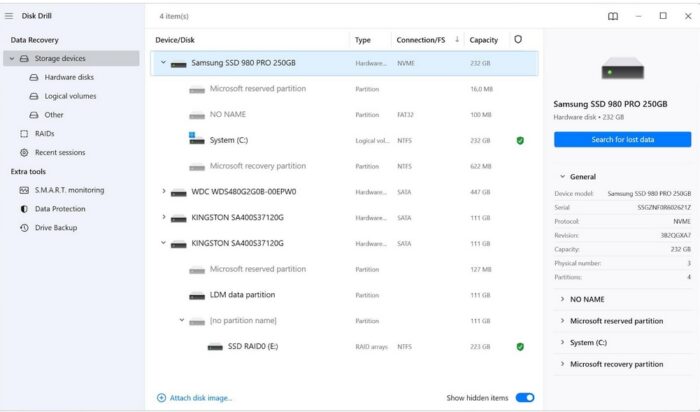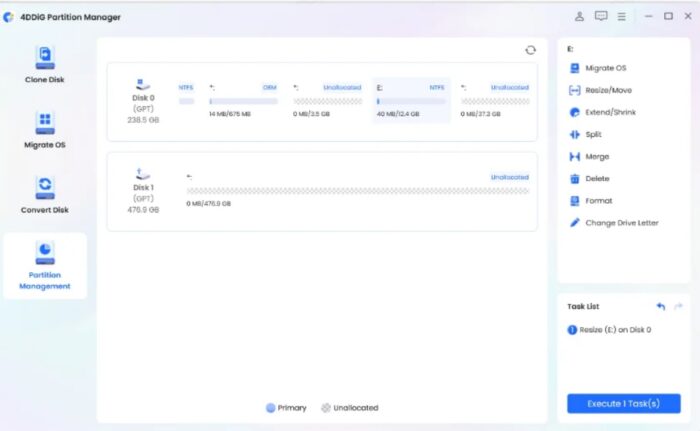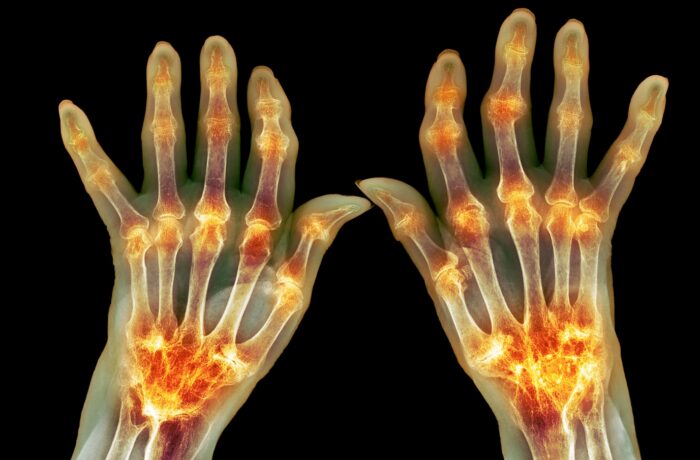Slot franchises play a pivotal role in helping to shape the popularity of the iGaming industry. Without fun and immersive slot franchises establishing enduring legacies, it would be hard for iGaming operators to attract and retain players.
From classic fruit machines to modern video slots, certain franchises have stood the test of time, captivating players with innovative features, engaging narratives, and the potential for substantial rewards. Below, we look back at five of the most enduring slot franchises in the iGaming scene right now.
Mega Moolah series

If there’s a slot franchise that commands attention, it’s the Mega Moolah series. Developed by Microgaming, Mega Moolah has become notorious for its record-breaking network of interconnected progressive slots.
The series features various themes, from the original African safari setting to Atlantean mythology and space adventures. What sets Mega Moolah apart is the Mega Jackpot, known for reaching record-setting levels.
At the heart of Mega Moolah’s appeal is its progressive jackpot system, with four tiers – Mini, Minor, Major, and the Mega Jackpot. The Mega Jackpot, in particular, has gained legendary status for reaching unprecedented sums.
Whether spinning the reels for the jackpots or simply enjoying the engaging themes, Mega Moolah continues to be a trailblazer in the realm of online slots.
Big Bass series

The Big Bass series is one of the newest slot franchises to make waves in the iGaming universe. Pragmatic Play’s Big Bass franchise began with Big Bass Bonanza, fusing the excitement of fishing with the potential of getting wins on your hook.
The gameplay revolves around the pursuit of the elusive big catch, with symbols like fishing rods, tackle boxes, and, of course, the prized big bass gracing the reels. The series features a Free Spins bonus round, where each fisherman symbol on the screen collects cash prizes, adding an exciting dynamic to the game.
The engaging free spins bonus, where fisherman symbols yield instant prizes, also delivers a serene yet interesting bonus experience.
The Big Bass Amazon Xtreme is one of the latest releases for this angling-themed franchise. The traditional gameplay and base game symbols remain largely the same, although there’s a few new symbols which bring additional challenges on this ten-payline title. In the free spins round, players must select one of six reel modifiers to be active during the feature, depending on their preference. Meanwhile Big Bass Hold & Spinner Megaways is currently one of the most popular slot titles to play at a casino online in Chile, with Betano ranking it first ahead of the likes of Gates of Olympus and Sweet Bonanza.
Gonzo’s Quest series

NetEnt’s Gonzo’s Quest revolutionized slot gaming with its introduction of the “Avalanche Feature”. The series follows the escapades of Gonzo, the Spanish conquistador, as he searches for the lost city of gold, El Dorado.
The unique cascading reels, combined with increasing multipliers during consecutive wins, create a unique and dynamic gameplay experience. The original was launched in 2011, when fully responsive slot gaming was only just starting to become the norm. The “Avalanche Feature”, coined by NetEnt, has since inspired hundreds, if not thousands, of online slots. The symbols tumble down onto each row at random, rather than the reels spinning and coming to a standstill. Any symbols involved in winning combinations are then removed from play, with more symbols falling down to fill in the gaps from the rows above.
The popularity of Gonzo’s Quest has led to sequels like Gonzo’s Quest Megaways, ensuring that players can continue the quest for riches in fresh and exciting ways.
Book of Ra series

Novomatic’s Book of Ra series is a timeless slot favorite, heavily inspired by the wonders of ancient Egypt. The series follows the adventures of an intrepid explorer, as they unravel mysteries and discover hidden treasures.
What makes the Book of Ra franchise stand out is its high volatility, free spins feature, and the iconic Book symbol, which serves as both a wild and a scatter. The success of Book of Ra lies in its simplicity, providing players with a classic yet thrilling gaming experience across various instalments.
The success of the original Book of Ra led to the creation of various sequels and adaptations, including Book of Ra Deluxe and Book of Ra Magic. These iterations maintain the series’ distinctive charm while introducing enhanced visuals and additional features.
Cleopatra series

The allure of ancient Egypt has been a recurring theme in slot gaming, and the Cleopatra series by IGT is a prime example of its enduring popularity. Centered around the legendary Queen of the Nile, Cleopatra slots feature vibrant graphics, rich soundscapes, and the possibility of successful spins.
The series is renowned for its Free Spins bonus round with a 3x multiplier, making it a favorite among players seeking both entertainment and the chance to uncover hidden treasures along the Nile.
Set against a backdrop of pyramids and adorned with symbols of ancient Egypt, the Cleopatra slots immerse players in a world of opulence and mystique. The series’ hallmark is the Free Spins bonus round, triggered by landing three or more Sphinx scatter symbols. Within this feature, players can accrue additional free spins with a 3x multiplier, heightening the potential for substantial rewards.
The enduring popularity of the Cleopatra series has led to the creation of sequels like Cleopatra II and Cleopatra Plus.
Whether players are drawn to the record-breaking potential of Mega Moolah, the adventurous spirit of Gonzo’s Quest, or the classic allure of Book of Ra and Cleopatra, each franchise contributes to the rich tapestry of online slot gameplay. In the case of Big Bass, it shows how even an angling-themed slot series can make a splash and reel in players with its charm and rewarding gameplay.
As the iGaming industry continues to move at pace, these successful slot franchises provide a sense of stability even when new releases are helping to shape the landscape of next-generation slot gameplay. Some of the longest-standing slot franchises, like Cleopatra and Book of Ra, even provide a sense of nostalgia and comfort in an industry that does not stand still.























































